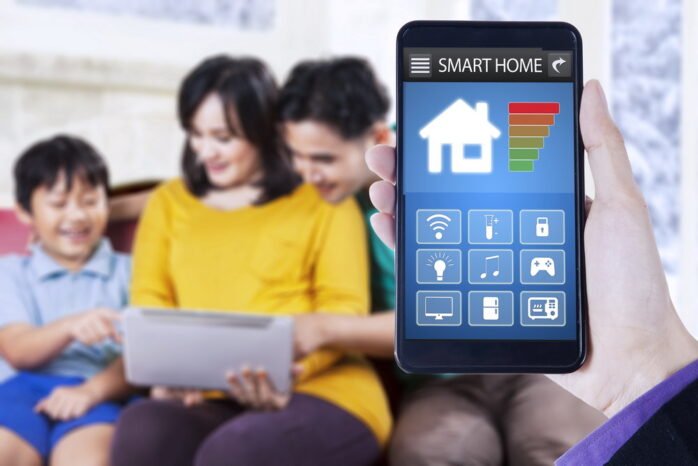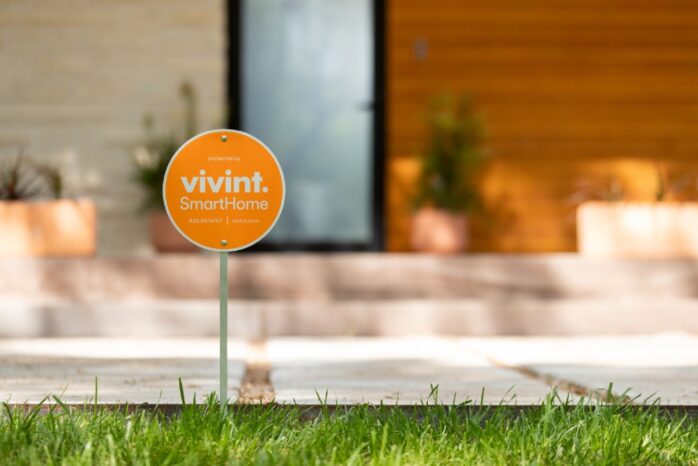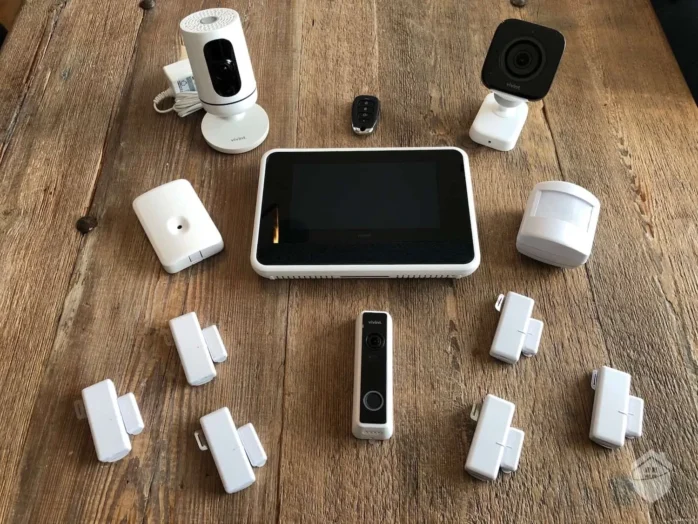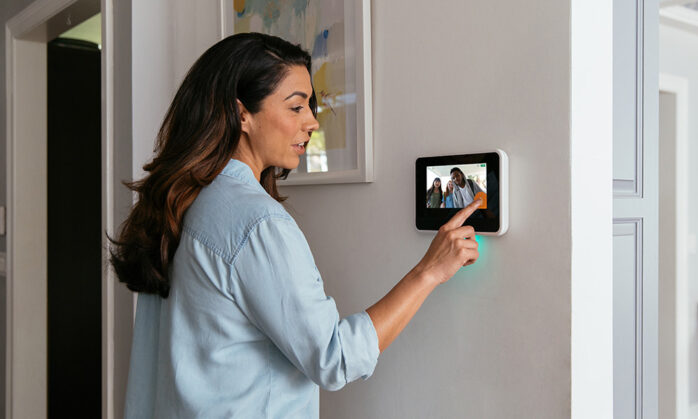
How much do you know about home security prior to the wireless age? Needless to say,the technology our fathers and grandfathers were used to is long outdated. In the modern environment, you could say that it’s not your father’s home security system anymore. That is not a bad thing, by the way.
Stepping back and seeing just how many changes have occurred over the last two decades is quite an astounding experience. Technology has a way of creeping up on us without being noticed. That is certainly true in the home security arena. But comparing what was, to what we have now can make for some surprising realizations.
A December 2025 post from the San Diego Union-Tribune discusses this very topic. It lays out pretty much the evolution of home security over the last several decades. This post will pull from some of the highlights of the Union-Tribune piece to illustrate what we have today, as compared to what our fathers and grandfathers had.
From Wired to Wireless

The most profound change we have seen over the last 20 years is the transition from wired to wireless technology. Before there were wireless home security systems, security equipment was hard-wired for both power and communication. A typical system consisted of:
- a central control panel with keypad
- window and door sensors for the first floor
- a wired smoke detector.
That was it. If you wanted to add CCTV cameras and a wired carbon monoxide detector, you had to pay extra for them. Likewise, if you wanted a system that did more than just make noise, you had to pay for a 24/7 monitoring package.
All the same components can be had in wireless systems. But because wireless technology is so much cheaper to manufacture, install and use, you actually get more bang for your buck now. As for around-the-clock monitoring, you can still pay for that as well. If you choose not to, you can self-monitor with a smartphone app.
Lots of New Sensors
The wireless revolution did something else for home security: it opened the door to all sorts of sensors that were impractical before. A good example is the broken glass sensor that companies like Vivint Smart Home are pushing. A broken glass sensor does exactly what its name implies. It offers an extra level of protection against burglars who are smart enough to not pry open a window equipped with a standard sensor.

Broken glass sensors were impractical in the era of wired security. They would have involved the use of extra (and ugly, by the way) wires running down from the ceiling or up from the floor. But with wireless, a broken glass sensor is nothing more than a tab that sticks to a window pane with adhesive.
Another example is the flood sensor. It is not practical as a wired component for obvious reasons. But as a wireless component, it works well and makes perfect sense for homeowners who live in flood-prone areas.
DIY Installation and Monitoring
Modern technology has even changed the dynamic between home security companies and consumers. Some 30 years ago, you would be hard-pressed to install and monitor your own security system. Doing so required a significant amount of technical know-how and a lot of expensive equipment. Today, not so much.
Consumers uninterested in doing things themselves can still invest in professionally installed systems that are monitored 24/7. As an alternative, they can install their own DIY systems and still pay for a monitoring package. A third option is to DIY across the board – both installation and monitoring.
How the DIY mindset has revolutionized home security should be obvious. People who could not previously afford home security now can by opting for DIY installation. They can save even more money by opting for self-monitoring. Through it all, there are no more worries about cutting into walls, running wires, and fooling with electrical systems.
Integration with Home Automation

Moving on, there are companies that now integrate home security and automation rather than treating them as separate entities. Vivint Smart Home is one of them. In a recent post targeting their Illinois customers, Vivint listed an assortment of home automation devices, including:
- smart thermostats
- smart locks
- smart lighting
- garage door control.
The thing about modern systems is that you can fully integrate every piece you own to automate all sorts of security and non-security tasks. In fact, it is really amazing what you can do with a little bit of technical know-how and a creative mind.
An Integration Example
It’s tough to discuss integration without giving an example to show just how fantastic it is. Consider a system that includes both home security and home automation features. The system boasts a standard alarm along with a smart lock on the front door and smart lighting throughout the house.
This system can be programmed to trigger a cascading series of events based on a single event that starts them all. For example, program the system so that when you arm the security alarmit automatically locks the front door and turns off all interior lighting. With just the push of a button or a tap of your phone, you can take care of all three tasks as you are pulling out of the driveway.
Access from Anywhere

All of what has been described in this post is made even better with remote access. In fact, you could consider remote access the icing on the home security cake. It is definitely something our fathers did not have.
With the modern home security and automation system, all you need to control your equipment from anywhere in the world is an internet connection and a device to get online. Unlock the front door from work to let your kids in after school. Check video feeds while you are on vacation 2,000 miles away. It is all so amazing that it’s easy to say we’re not dealing with our father’s home security system anymore.











